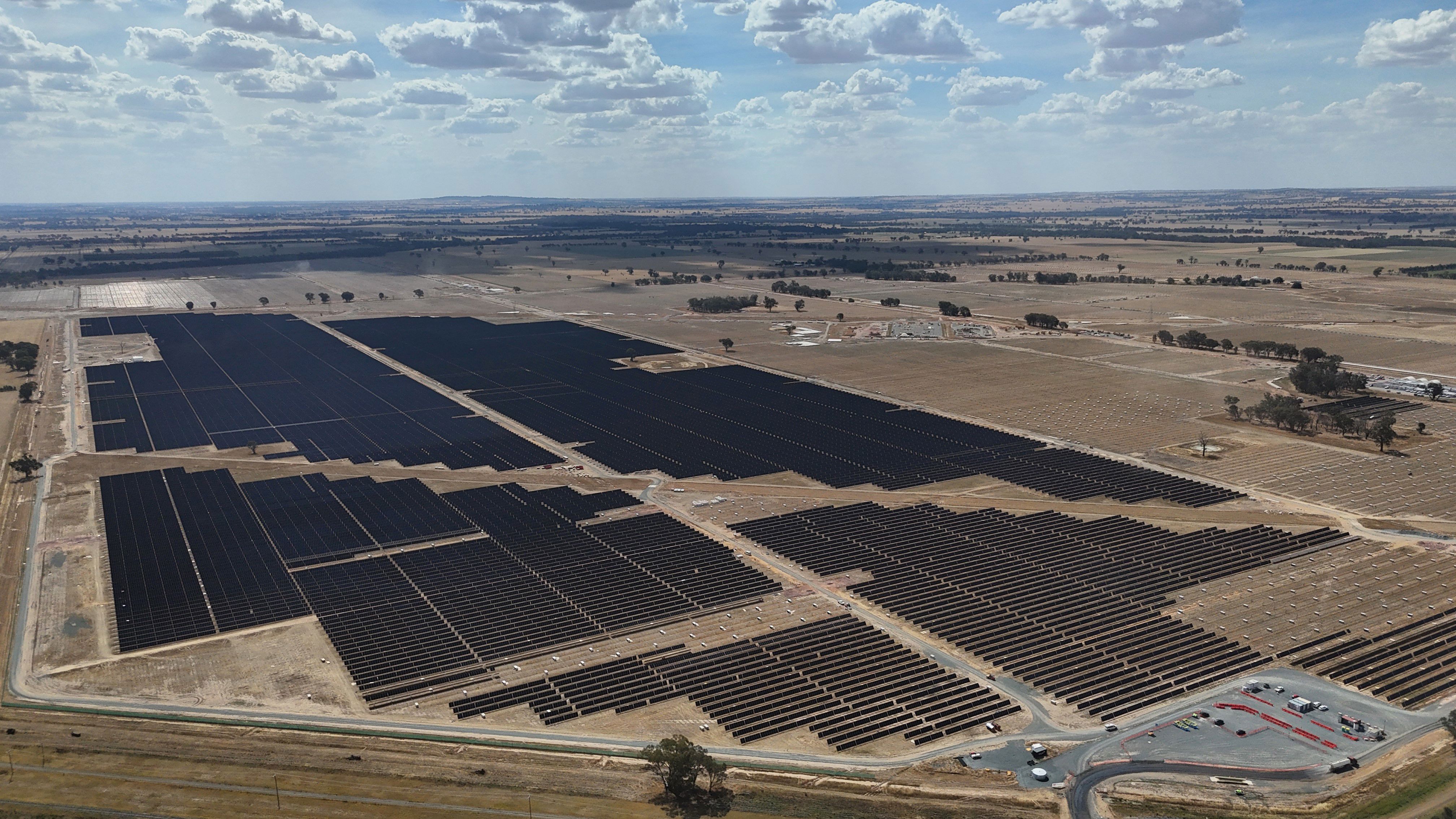CEFC guide to what good looks like in agriculture and forestry sector investments

26 June 2024
New guidelines that identify and rate sustainability measures will enable institutional investors to seize the investment potential of Australia’s agriculture and forestry assets, while helping farmers reduce emissions, improve productivity and remain competitive in a future net zero economy.
The landmark CEFC report Measuring what matters: an approach for natural capital investors outlines for the first time consistent metrics used by the CEFC to assess both existing and potential investments and track progress in the emerging natural capital asset class.
Importantly, the metrics are relevant to global investors in agriculture and forestry, including Canadian pension fund CDPQ. The CEFC and CDPQ, co-investors in the $200 million Wilga Farming platform, will use these metrics in assessing emissions progress in Wilga assets.
The agricultural and forestry sectors are unique because although they contribute significantly to Australia’s national emissions, the potential to sequester carbon in our natural capital assets means they can have a positive impact on our national emissions targets.Ian LearmonthCEO, CEFC
Designed to help attract much needed capital to the sector, the Measuring what matters report introduces a rating system to benchmark sustainability outcomes, enabling investors to compare and prioritise initiatives to improve the land and track progress against key emissions and sustainability targets.
CEFC CEO Ian Learmonth said: “The sectors that demonstrably deliver on the twin economic and environmental demands of a net zero future will be those that attract long term capital, at scale, so they are positioned at the forefront of this seismic economic transformation.
“The agricultural and forestry sectors are unique because although they contribute significantly to Australia’s national emissions, the potential to sequester carbon in our natural capital assets means they can have a positive impact on our national emissions targets.
In our investment analysis for this emerging asset class, we are always asking the question ‘what does good look like?’ This report outlines our approach and answers to that question and by sharing it with other investors, we are optimistic we can attract more capital to these assets.Heechung SungHead of Natural Capital, CEFC
“We know that improving the sustainability of our natural capital assets also increases productivity. This report lists and rates activities that deliver productivity, carbon abatement and broader environmental outcomes.” Australian agriculture is an $80 billion business,1 with some 72 per cent of the total value of agricultural, fisheries and forestry production exported.2
Activities in the natural capital sector are also the largest source of greenhouse gas emissions outside of electricity, gas and oil use, representing 18 per cent of national emissions in 2023.3
Globally, agriculture, forestry and other land use accounted for 13 to 21 per cent of global greenhouse gas emissions over 2010-2019.4
CEFC Head of Natural Capital Heechung Sung said: “In our investment analysis for this emerging asset class, we are always asking the question ‘what does good look like?’ in the agriculture and forestry sectors. This report outlines our approach and answers to that question and by sharing it with other investors, we are optimistic we can attract more capital to these assets.
“Investors need credible, comparable and reliable metrics to help measure their investment performance. Consistent measurement of key emission reducing production activities across agriculture and forestry assets can help screen investment strategies, compare projects more easily and hold investment managers and operators to account for sustainable asset management.”
The Measuring what matters report includes an overview of priority activities that can reduce, avoid or sequester emissions, an approach to defining and rating metrics, and establish ongoing monitoring, and an overview of the available measurement frameworks currently available.
It provides practical advice on assessing the relative value of different reporting frameworks, identifying decarbonisation priorities, setting targets and capturing the right data to measure, monitor and assess performance.
The CEFC has committed more than $440 million to the natural capital sector, including its first forestry investment with the Australia New Zealand Landscapes and Forestry Fund targeting the abatement of one million tonnes of carbon. It has investments with experienced agricultural manager Gunn Agri and one of Australia’s largest pastoral operators, Paraway Pastoral, and is working alongside global investors like CDPQ to boost the amount of private capital investing in Australian natural capital assets.
View the report
1 ABARES 2024, Agricultural Commodities Report: March Quarter 2024
2 ABARES 2024, Snapshot of Australian agriculture 2024, March. Accessed 10 April 2024
3 DCCEEW 2023, Australia’s emissions projections 2023, Department of Climate Change, Energy, the Environment and Water, Canberra, November.
4 IPCC 2022, Agriculture, Forestry and Other Land Uses (AFOLU) in Climate Change 2022: Mitigation of Climate Change, WGIII AR6. Cambridge University Press




